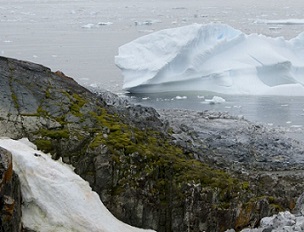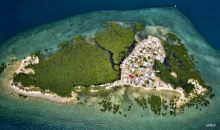
Our study, published today in Nature, seeks to change that. Using a new "ecological informatics" approach, we've drawn together every available recorded visit by humans to the continent, over its 200 year history. We found human activity across Antarctica has been extensive, especially in the ice-free and coastal areas, but that's where most biodiversity is found. This means wilderness areas—parts of the continent largely untouched by human activity—do not capture many of the continent's important biodiversity sites.









